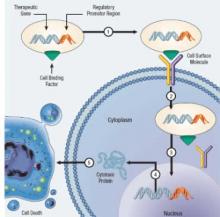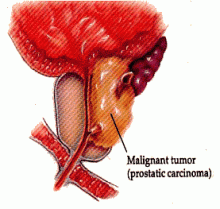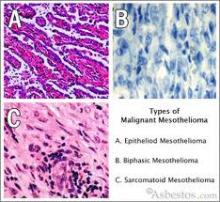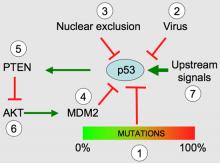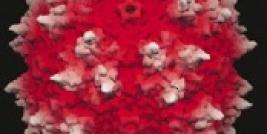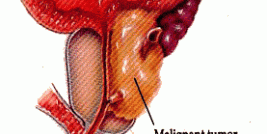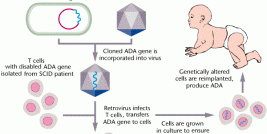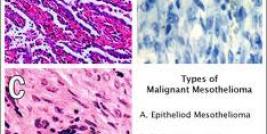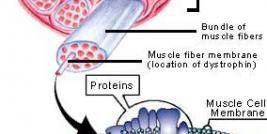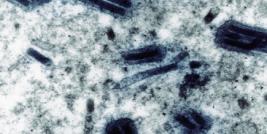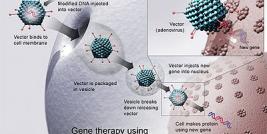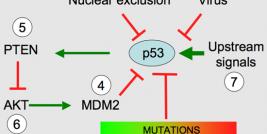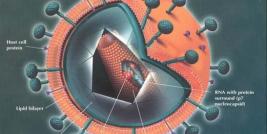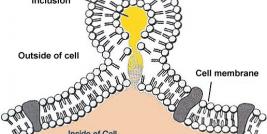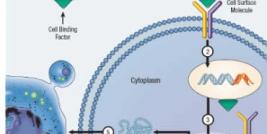An Introduction to Cancer Gene Therapy
Cancer can be described as a disease where cellular communication has broken down, allowing transformed cells to escape tight regulatory signals and to replicate autonomously and continously, ultimately invading and interfering with the functions of normal tissues. Under physiological conditions cells communicate with one another by activating receptors at the cell surface, which convey the signal through pathways of proteins located in the cytoplasm and subsequently through networks of transcription factors in the nucleus with control the expression of genes that mediate the cell's response. In this article we briefly describe the gene therapy approaches that have been adopted in an effort to treat cancer.
Typically, cancer develops as a result of aberrant growth factor signalling, where a pathway that instructs a cell to grow and divide becomes constitutively active. This arises through mutations in a growth factor receptor, or through mutations in the components of cell signalling pathways. (Collectively, genes that encode for mutated cellular proteins involved in promoting cell growth are termed oncogenes). Threrefore, in order to effectively treat a cancer, it is essential that all cells that carry a mutated oncogene, are destroyed, otherwise the cancer will continue to grow and spread.

